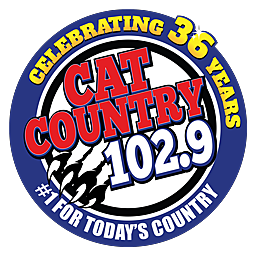
Montana One of the Fastest States for More Daylight in January
The Winter Solstice occurred December 21 and days are getting noticeably longer - fast - in Montana. Northern Montana (and portions of six other northern US states) will gain 60 minutes or more of daylight in January. The southern half of Montana will get around 55 minutes more daylight.
A little becomes more and more.
As someone who loves summer, the darkness of Montana winter drags me down the most. I tolerate snow and cold, but the dark at 4:30 pm thing is not my favorite. When the days start getting longer, I feel my self-diagnosed SAD melting away. Longer days signal spring and I can't wait.
We started January 1, 2024, in Billings with 8 hours, 48 minutes, and 21 seconds of daylight. By January 31, we'll have 55 minutes more daylight (09:44:04), according to Sunrise-Sunset.org. It's more dramatic along the Hi-Line, where Havre gets an hour and two minutes longer day by the end of January.
A middle-school science refresher on how the earth tilts reveals winter/summer daylight swings are far less dramatic the closer you are to the equator. Travelers to Costa Rica, southern Mexico, Hawaii, etc. will notice the days and nights are always close to 12 hours each. The sun rises and sets around 5:30 am and 5:30 pm, every day. Year round.
Other northern states gaining at least an hour of daylight in January include Idaho, Washington, North Dakota, Minnesota, and tiny portions of Michigan and Maine. Those living between San Francisco and New York gain around 40 minutes of daylight, while southern states get about 30 minutes more. Floridians and the Texas Gulf are looking at just 20 more minutes of daylight in January.
10 Lowest Scoring High Schools In Montana
Gallery Credit: Nick Northern



